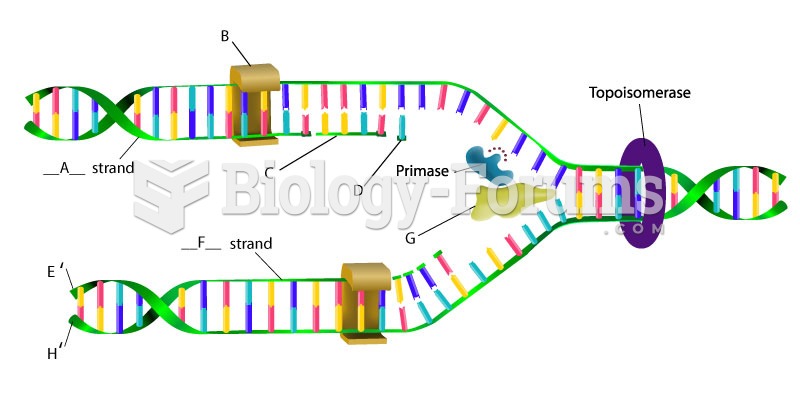Answer to Question 1
For there to be a successful lawsuit for negligence, five elements must be established: duty of due care, breach, factual cause, proximate cause, and damages. Duty is the responsibility to use reasonable care not to injure others around you. If the defendant could foresee that his misconduct would injure a certain person, he has a duty to that person. Normally, there is no duty to avoid the injury of others through nonconduct, unless there is a special relationship. Breach is conduct that fails to meet the standard of reasonable care imposed if there is a duty to the injured party. Factual cause requires that the defendant's conduct, at least in part, actually caused the injury. Proximate cause requires that the risk of harm was reasonably foreseeable and not so remote or bizarre that a reasonable person would never have expected it to happen. And finally, Damages: the plaintiff must have actually been hurt or has actually suffered a measurable loss. The injury must be genuine, not speculative.
Answer to Question 2
Contributory negligence is a defense that can be used by a defendant to avoid liability. Most states have discarded this concept; however, if allowed, even if the plaintiff were one percent responsible for an accident, she cannot recover from the defendant. Comparative negligence is used to pro rate each party's fault in a negligence case. So, if the plaintiff is 50 percent or less responsible, she is allowed to collect relative to her degree of fault. Thus, if the plaintiff were 30 percent responsible for her accident and sustained 100,000 worth of injuries, she could recover 70,000 (70 percent) from the defendant.







